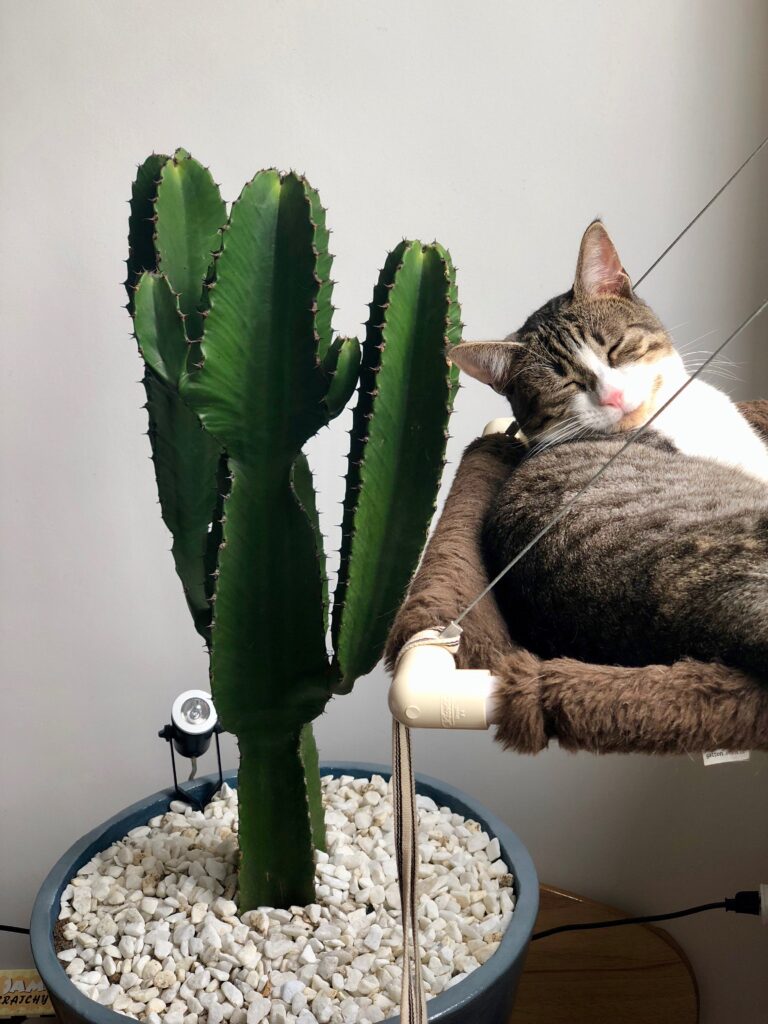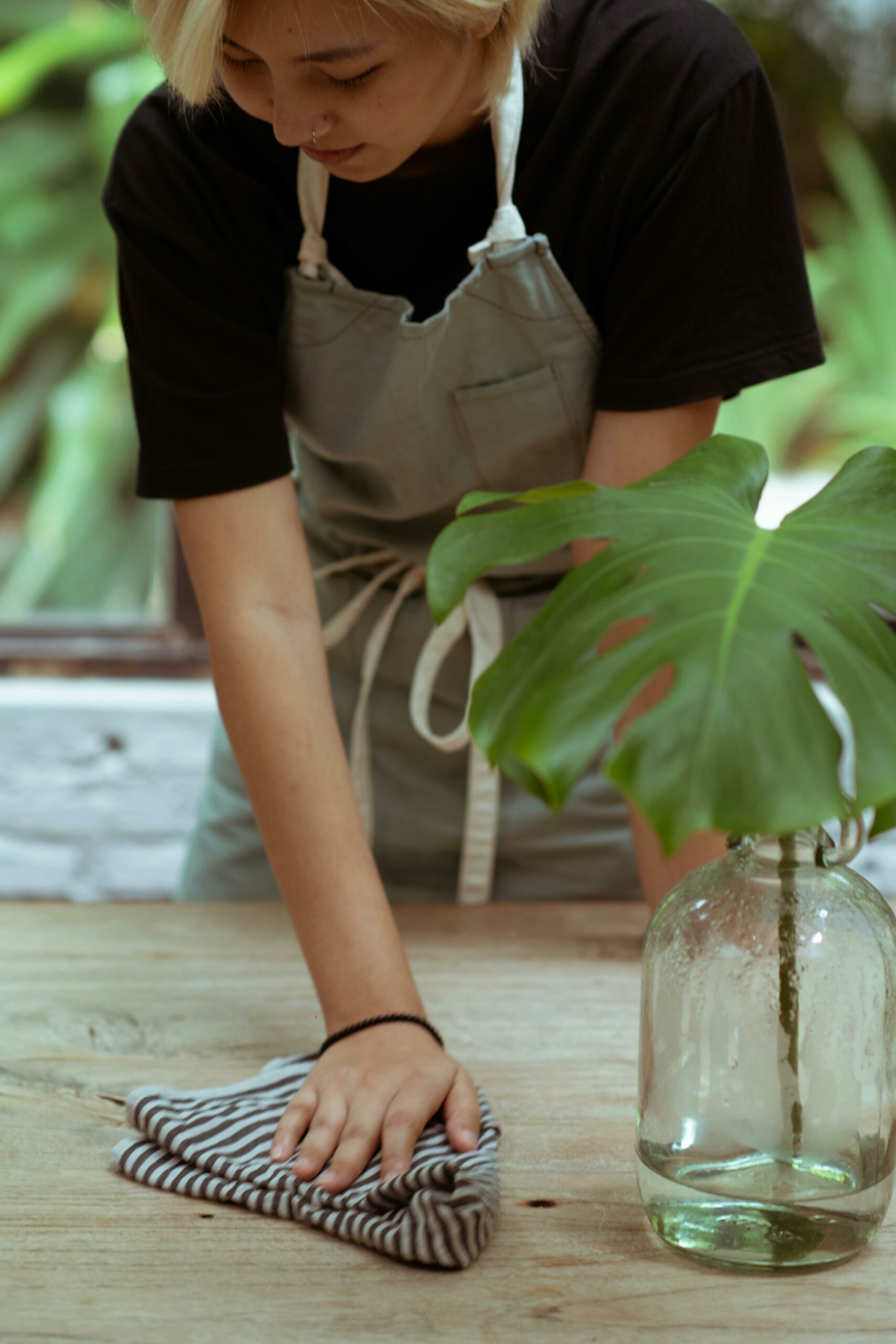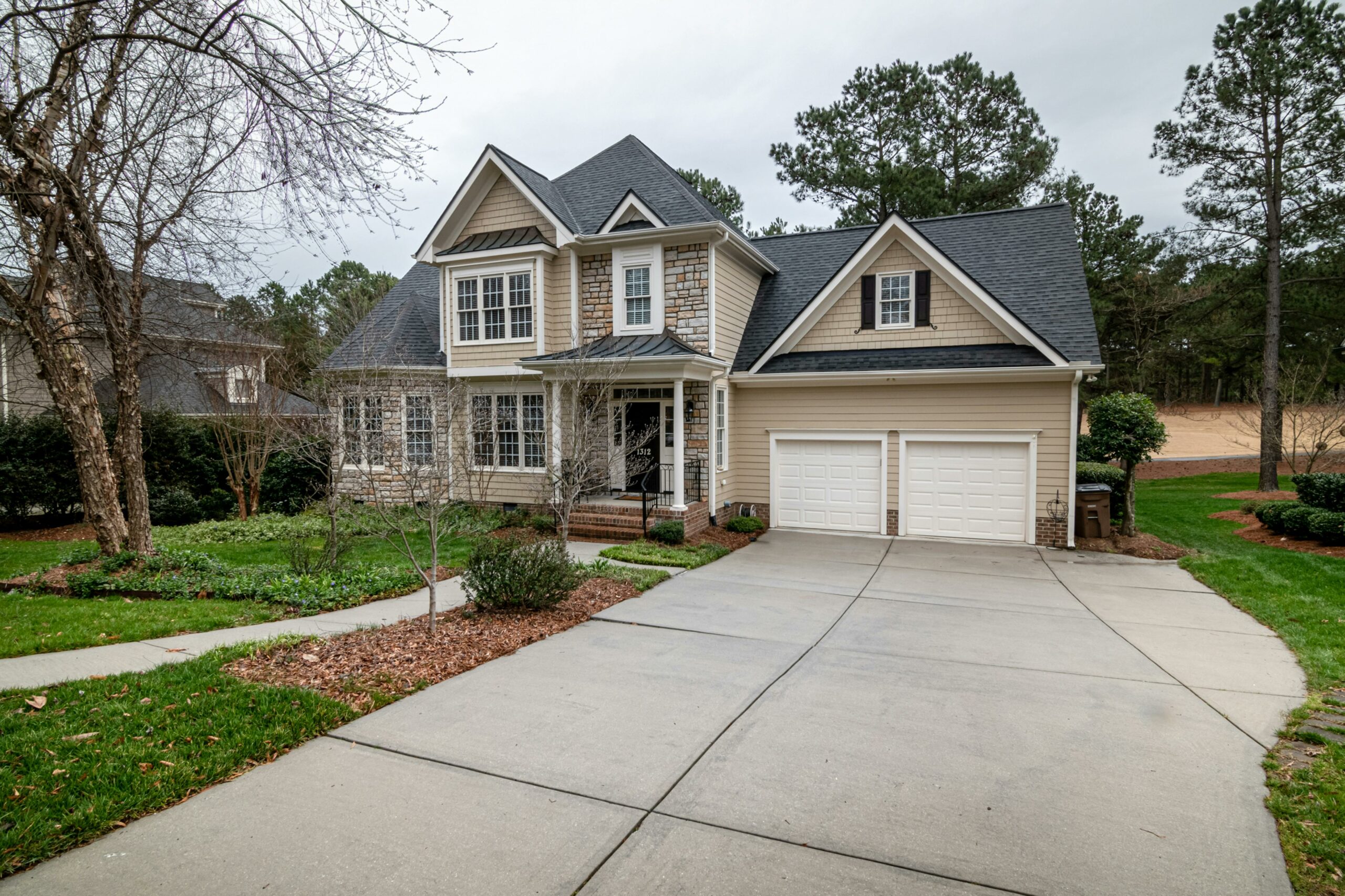Creating a pet-friendly home is more than just a gesture of love for our animal companions – it’s a commitment to their well-being and happiness. As pet owners, we strive to create an environment where our furry friends can thrive, feeling safe, comfortable, and content.
This article suggests practical ways to transform your living space into a safer space for pets. Whether you have a playful pup, a curious cat, or any other beloved pet, these tips will help you ensure their safety and happiness, and improve the bond you share with them.

1. Understanding Your Pet’s Needs
Every pet is unique, with its own set of preferences, fears, and behaviors. To create a truly pet-friendly home, start by observing and understanding these individual characteristics.
Cats, for instance, may crave high perches and secluded hiding spots, while dogs often need ample space to play and rest.
Pay attention to where your pet likes to spend time and what makes them anxious or uncomfortable. This insight will be invaluable in tailoring your home to suit their needs.
2. Pet-Proofing Your Home
When moving with pets, it’s important to consider their safety in the new environment. Pet-proofing your new home involves more than just securing gates and fences. It’s good to create a space where pets can explore without risk.
Check for small objects they could swallow, secure loose wires, and ensure that all hazardous substances are out of reach.
For those looking for a comprehensive guide on moving with pets, consider resources that provide detailed tips to make the transition as smooth as possible for your furry family members.
3. Safe Spaces for Relaxation
Just like humans, pets need their own space to unwind and feel secure. Establishing a designated area for your pet to relax can significantly enhance their sense of safety.
This could be a cozy bed in a quiet corner for your dog or a cat tree by the window for your feline friend. Ensure these spaces are away from high-traffic areas to give your pet a sense of security and peace.
A well-placed bed or a favorite blanket can make all the difference in your pet’s comfort and well-being.
4. Choosing Pet-Friendly Furniture
Selecting the right furniture is key to a pet-friendly home. Go for durable, easy-to-clean materials that can withstand a little roughhousing. Leather or tightly woven fabrics are great for repelling pet hair and odors.
Also, consider the color of the furniture; darker colors can be more forgiving with pet hair and stains. When choosing furniture, think about your pet’s habits – avoid delicate items if your pet loves to jump or climb on them.
5. Non-Toxic Plants and Decor
Many common houseplants and decorative items can be harmful to pets if ingested. Before bringing new plants or decor into your home, research their safety in relation to pets.
Opt for pet-friendly plants like Boston ferns or spider plants, and avoid those known to be toxic, like lilies and poinsettias. Similarly, be cautious with small decorations that pets could swallow or break, posing a risk of injury.
6. Safe and Fun Play Zones
Playtime is essential for your pet’s physical and mental health. Dedicate an area in your home for play, stocked with toys that cater to your pet’s interests. For dogs, a mix of chew toys, balls, and interactive games can provide hours of entertainment.
Cats often enjoy scratching posts, climbing structures, and toys that mimic prey, like feather wands. Ensure the play area is free from hazards and has enough space for your pet to move around safely.
7. Managing Food and Water Stations
Proper placement and maintenance of food and water stations are important for your pet’s health. The area should be easily accessible and away from busy parts of the house to provide a peaceful eating environment.
Regular cleaning of bowls is essential to prevent the buildup of bacteria and ensure fresh, safe food and water.
Consider elevated feeders for larger or older pets to ease strain on their necks and joints. Also, be mindful of the type of food and water containers you choose, opting for durable, non-toxic materials.
8. Accessibility for Aging Pets
As pets grow older, their mobility and needs change. Making your home accessible for aging pets is a gesture of love and care. Consider installing ramps or stairs to help them reach higher places or get into cars.
Non-slip rugs can prevent falls on slippery floors, and orthopedic pet beds can provide comfort for arthritic joints.
Regularly assess your aging pet’s environment and make necessary adjustments to ensure their comfort and safety.
9. Keeping Your Home Clean
Maintaining cleanliness in a pet-friendly home is essential for the health of both pets and humans. Invest in a good vacuum cleaner to manage pet hair and dander. Use pet-safe cleaning products to avoid exposing your animals to harmful chemicals.
Regular grooming of your pet can significantly reduce the amount of hair and dirt they bring into the house.
Additionally, setting up a cleaning station near the entrance can help clean up your pet after outdoor activities, keeping your home cleaner.
10. Training and Behavior
Training is vital for a harmonious pet-friendly home. It helps pets understand boundaries and live comfortably within the household rules. Consistent training, positive reinforcement, and patience are key. Enroll in training classes or seek professional help if needed.
Training is not just about obedience; it’s about communication and understanding between you and your pet.
11. Emergency Preparedness
Being prepared for emergencies is an often-overlooked aspect of pet ownership. Create a pet emergency kit with essentials like first aid supplies, extra food, water, and medication.
Keep a list of emergency contacts, including your vet and local animal hospitals, in an easily accessible place. Familiarize yourself with basic pet first aid procedures and consider attending a pet first aid course.
Creating a Lasting Bond
Transforming your home into a pet-friendly sanctuary is an ongoing process driven by love, care, and understanding.
Each step you take to accommodate your pet’s needs strengthens the bond you share. By considering their comfort, safety, and health, you’re creating a living space that serves to nurture a relationship that brings immense joy and companionship.
Adapt and learn as your pet grows and changes, and keep in mind that the effort you put into making your home pet-friendly is a testament to the special place they hold in your heart and home.





